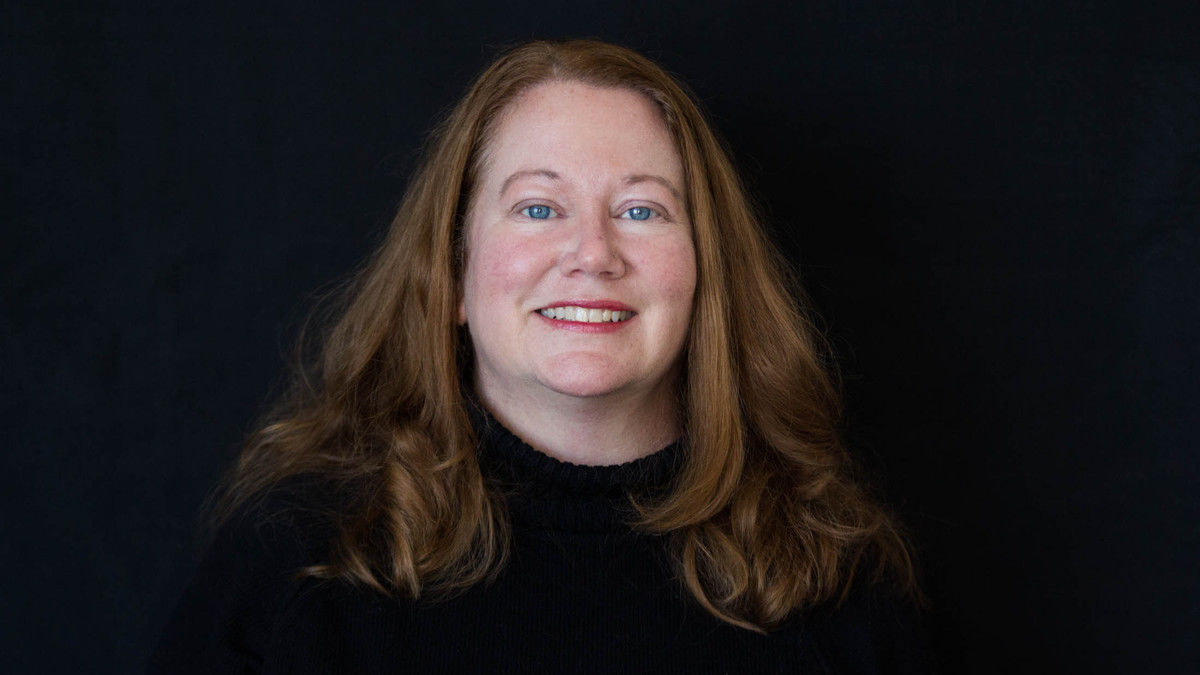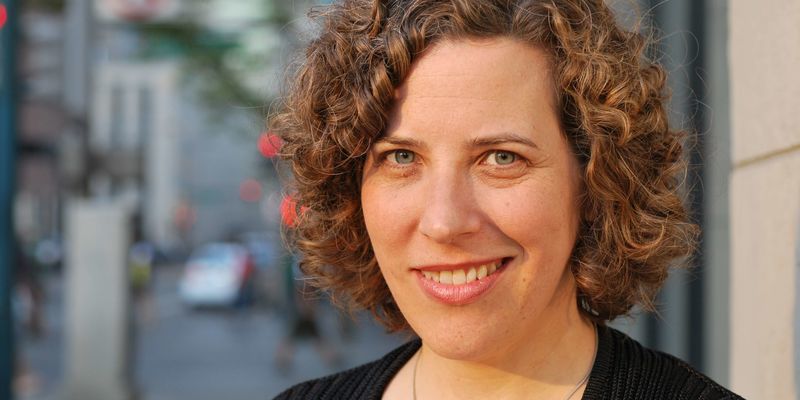How being labeled as a superpredator has impacted a generation of Black and Hispanic men
Temple Criminal Justice Professor Jamie Fader studied young men of color in Philadelphia who have been impacted by the criminal justice system.

Jamie Fader, associate professor of criminal justice, has been studying people impacted by the criminal justice system for almost 25 years. Her book, Falling Back, won two national awards, including the Michael J. Hindelang award by the American Society of Criminology and the Outstanding Book award by the Academy of Criminal Justice Sciences, both in 2016.
Her recent work looked at the generation of men who were labeled “superpredators” in the 1990s. It has revealed some patterns for these men of color and the impacts of that label on their lives.
Temple Now: What inspired your latest research project?
Jamie Fader: There’s lots of research in criminology based on enormous quantitative data sets but hardly anyone talks to young people themselves. I wanted to get their perspectives on the experience of being criminalized and of being intervened with by the state. That was the basis for my first book, Falling Back: Incarceration and Transitions to Adulthood among Urban Youth, which followed a group of young men from Philadelphia who were sent to a rural reform school by our juvenile justice system. This study was meant to draw on a larger sample and to see how the system continues to impact the lives of men who were more solidly in adulthood.
TN: Who did your study focus on?
JF: I was looking at young men between 25 and 34 years old who came of age during the ’90s. I realized this was the generation labeled as superpredators. There were so many criminal justice reforms during that decade that affected this generation.
These regressive reforms made it easier for courts to try young people in adult courts and to send them to adult jails and prisons. A whole new system of zero tolerance policies were implemented in schools that disproportionately affected Black and brown youth. The criminal justice system expanded and communities were flooded with aggressive policing practices. This is the first generation to grow up socialized into a massive system of surveillance and control that has become fused with other social institutions such as education, the labor market and family life.
TN: How did you choose the location for your study?
JF: I was interested in a place where the economy was contracting and the justice system was expanding, because it serves as an example of what is happening nationwide. Frankford, in the lower northeast section of Philadelphia, is heavily impacted by mass incarceration and has a large re-entry community. There is a whole cottage industry of halfway houses and substance abuse treatment centers, both residential and outpatient. It is a community on the decline economically, and poverty and violence are widespread.
TN: Tell us about your methodology.
JF: Between 2014 and 2019, my research team and I conducted extensive interviews with 45 white, Black and Hispanic men, each ranging in length from two and four hours. We covered many topics, recording detailed life histories including schooling, employment and social ties. These interviews were contextualized by five years of community participant observation.
When talking about how they saw their futures, I saw a pattern among men of color who were worried about getting caught up in the criminal justice system.
Many people assume that if you don’t do anything bad, you don’t have to worry about getting in trouble. But what these men find is a completely unpredictable set of responses from criminal legal agents. They could be just shaking someone’s hand and then suddenly, they’re up against a wall and whatever that guy had in his pocket is now a charge for everybody. A romantic dispute could end up in a phone call to the police.
These men developed careful restrictions on who they interacted with and formed relationships with due to the risk of street violence or police contact. They stay inside and avoid public spaces and parks. I termed this careful regulation of relationships and social ties ‘network avoidance.’
TN: What are the impacts of this network avoidance?
JF: There’s a generation of Black and Hispanic men who are missing. They’re not as able to engage as citizens, community members or leaders. They’re less able to organize or get involved in social movements.
This disconnection and isolation diminishes their social capital, which is a term for the information and resources one acquires through social connections. They miss opportunities to mediate the structural deficits they face, like learning about jobs or training programs.
TN: What differences did you find between the white men and the men of color within your study?
JF: The study included white, Hispanic and Black men. For the most part, white men didn’t share the same concerns as men of color did and didn’t create limitations on their lives. They weren’t worried about walking around the neighborhood or about interactions with the police. The few white men who did practice network avoidance had an externalizing mental health problem like autism which could generate attention from the police.
TN: What do these men need the most?
JF: Most of the men I spoke with lack human and social capital and don’t fit into today’s economy. Some have felony records, which are significant barriers to quality jobs.
The men who were employed outside of the community fared better as a result. Jobs would bring these men out of their homes, and make them more viable contributors in romantic relationships or family systems.
The other thing that could help is improving the social infrastructure of the community. The men who had lived in Frankford for a long time talked about all of the institutions that are gone. The YMCA where they used to swim, the Frankford Group Ministry and the Salvation Army all closed.
Sociologist Eric Klinenberg has been writing about social infrastructure; places that bring people together like parks, libraries and even businesses like cafes where people can form and develop social ties. Anything that brings community members together and creates solidarity has positive effects on public safety and public health.
TN: Can you discuss solutions to our broader structural problems?
JF: It’s about not relying on the criminal justice system to meet all of our needs. We have to shrink this behemoth of a system.
We have this misconception that more criminal justice apparatus will result in more public safety but if that were true, we’d be the safest society in the world. Community leaders can identify their own strengths, their own issues and their own solutions, they just need the proper resources to do so.
TN: What was your experience as a white researcher in Frankford studying Black and Hispanic men?
JF: I think that whenever there is an obvious social difference between a researcher and the participants that it needs to be acknowledged. I work to be conscious of the blind spots that my privilege creates both during the research and in the writing. I engage with scholars of color around issues of systemic racism and will ultimately be accountable to them if I don’t get it right.


